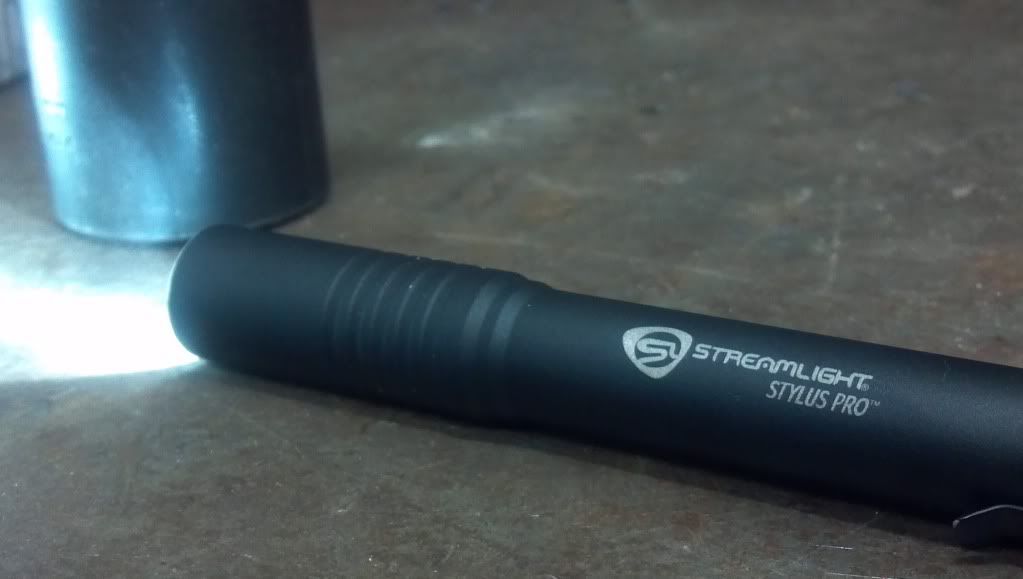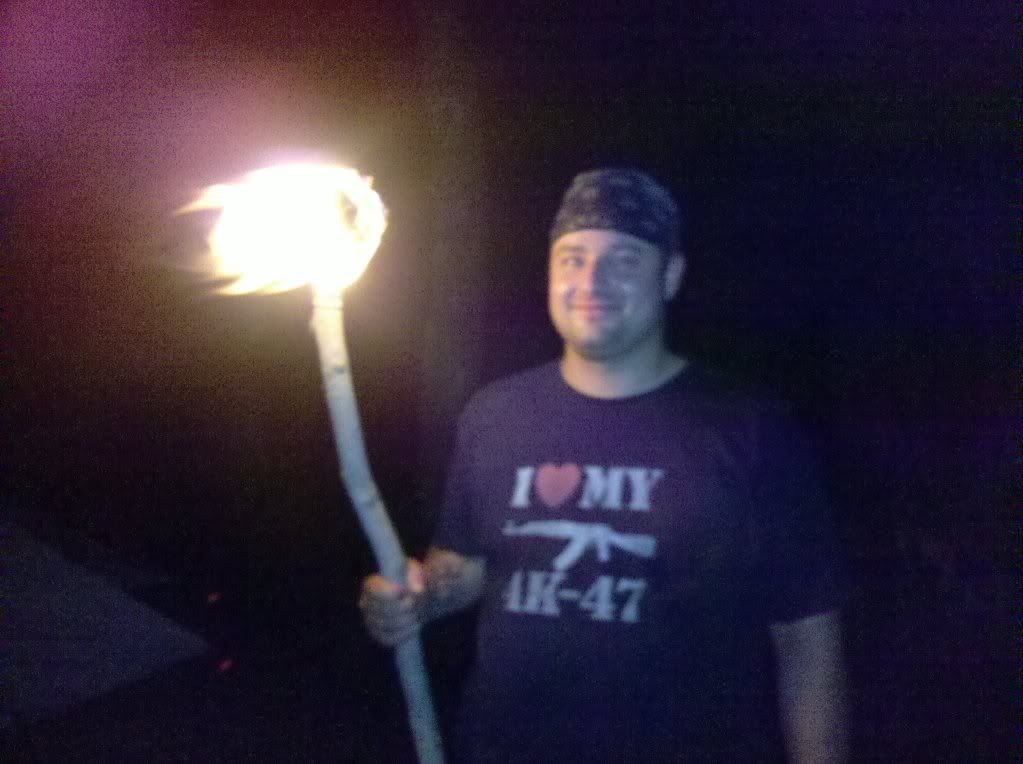One cannot stress enough how important light is. From the ability to make a torch in a survival situation, to how annoying it is when that weird sized bulb in the fridge goes out requiring a special trip to Home Depot. Since the discovery of fire, man has been scared of the dark. That may be hyperbole, but it's not far off. We light our homes, streets and parks. When those lights go out the average person can only rely on the light from their cell phone. It amazes me how completely unprepared most are for a simple power outage, much less a long term loss of power.
My survival mantra is that I plan on my first three solutions to any problem failing, always have multiple backups. I have made entries in previous posts touching on the importance of a good flashlight. I normally carry three when its convenient enough, and worst case scenario, I have everything needed to make a torch and light it, as long as I can find a stick that is. At home I have even more redundancies, too many to list but they include many flashlights, weapon lights and improvised lighting made from automotive D/C systems. To outline a few can give you an idea of what you really need to survive the night long term.
The lights I carry with me everyday are two Streamlight Stylus Pro LED penlights, and a Mini Maglite LED. I won't get too in depth as I have mentioned them in previous posts. Suffice to say they are very cheap, effective, and efficient. The Maglite also has a SOS/Flash setting that can come in handy for signaling. Unfortunately they both use standard AAA and AA batteries, this is not very sustainable. If the world really did end, they would be useless within a couple years. Even with rechargeable batteries, only a few years of use could be expected. For daily preparedness and survival on the other hand, they could be a life saver.

At home in my affectionately named "Tactical Closet", I store my favorite light, a Streamlight Stinger LED rechargeable. These lights are literally bulletproof, aircraft Aluminum body, 180 lumen max output, three brightness settings and a strobe feature. The main reason I highly recommend this series of lights is that it can be charged via the wall outlet or in the car. I currently have a jump box (charged through a solar panel) charging my light. With a two hour continuous run time per charge I only need to plug it in one night a month or so with normal use. I also have the less expensive Xenon model that uses the same charger as well. Also a very solid light, but not as bright and lower run time. They also share batteries so I have one spare that I keep topped off.
Have you ever tried to make a torch? It's a good skill
to have, and it's quite fun. A torch is made with a stick, an absorbent
cloth, and any oily fuel source. Anything flammable will work, but oily
fuels will last much longer. Simply wrap a cloth around a stick and tie
it tightly, soak it in the fuel, and light. Do some experimentation to
find the best fuels, I've found the best improvised fuel to be gun oil,
but regular lamp oil works great if you have it. You can also make a
torch from birch bark. Split a stick about about six inches and tie it
off to keep it from splitting further. Fold pieces of birch bark and
wedge them into the split. Light the torch, as it burns, slowly feed the
folded bark up to provide oxygen to the bark. A properly made birch
torch can burn for over 10 minutes. Not really a long time, but better
than nothing. Make about thirty of them and you can at least make fire
wood runs at night, or fend off an attack.
Improvisation is important, not only does it save you money but it prepares you for a time when you can't just pick something up at the store. So I'm constantly keeping myself busy with little projects. Being a mechanic has given me many opportunities to pull apart various vehicle lighting systems. My new favorite for improvised
lighting are those little LED halo lights around headlights. If you pull
apart the headlight, they can usually be separated into a string of 12v
LEDs. These make super efficient lighting that can be run off of a car
battery, and charged via solar or wind power. At a 50,000 hour life, LEDs like these are the key to long term lighting. If you can get your hands on sulfuric acid and lead, you can make your own batteries. Collect enough of these LEDS, and you can light your home for a lifetime.


No comments:
Post a Comment